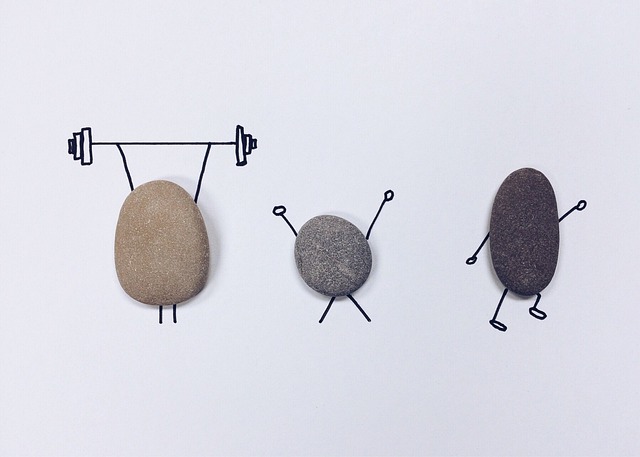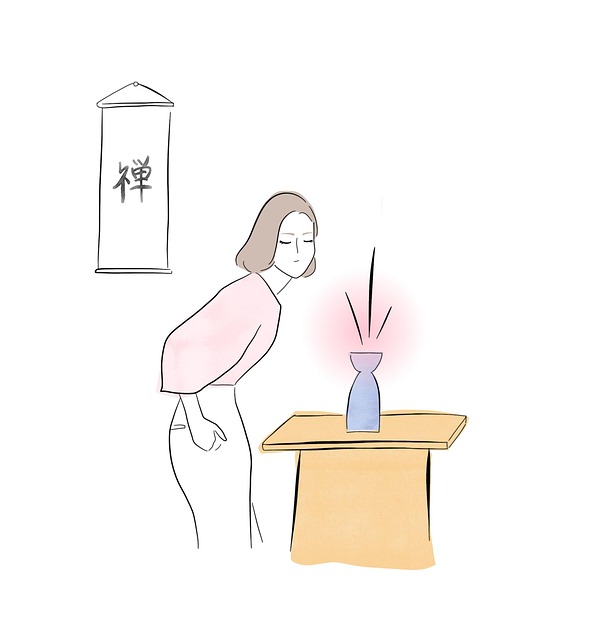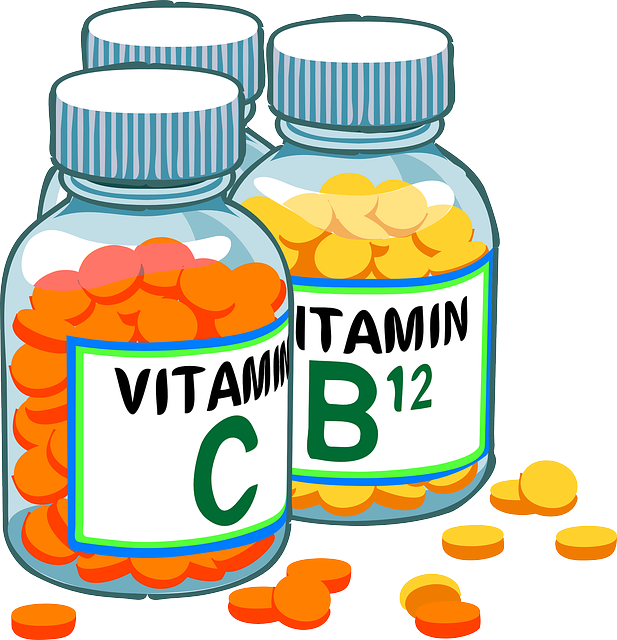This text explores various therapies for joint pain relief, highlighting both traditional and advanced options. Physical therapy, including manual techniques and heat/cold therapies, remains a foundational approach. Stem cell therapy for joint pain and PRP therapy for joints are emerging as promising anti-inflammatory joint treatments, utilizing the body's own cells to repair tissue. Regenerative medicine for arthritis goes further, using biologic materials to rebuild damaged joint structures. Chiropractic care for joint relief focuses on adjusting spinal misalignments. These non-invasive therapies offer alternatives to surgery, potentially providing long-lasting pain relief and improved joint function for conditions like arthritis.
Experiencing chronic joint pain? You’re not alone. Joint issues like arthritis and injury can significantly impact mobility and quality of life. This article explores powerful strategies to reclaim joint function and alleviate discomfort. From traditional physical therapy techniques proven effective for decades to cutting-edge advancements like stem cell and PRP therapies, we delve into a comprehensive range of treatments. Discover natural pain relief options, explore anti-inflammatory approaches, and learn how regenerative medicine is revolutionizing arthritis management – offering hope for improved mobility and a vibrant, active lifestyle.
- Understanding Joint Pain and Its Impact
- Traditional Physical Therapy Techniques for Joint Function Enhancement
- Advanced Therapies: Stem Cell, PRP, and Regenerative Medicine
- Non-Invasive Approaches: Chiropractic Care and Anti-Inflammatory Treatments
Understanding Joint Pain and Its Impact

Joint pain is a common issue that can significantly impact an individual’s mobility and overall quality of life. It is essential to understand that joints, being the connectors between bones, play a crucial role in enabling movement and supporting our bodies’ weight. When joint pain sets in, it can result from various conditions such as arthritis, injuries, or overuse. This discomfort not only hinders daily activities but also affects sleep patterns and mental well-being.
Fortunately, there are multiple therapeutic approaches to alleviate joint pain and restore function. Therapies like stem cell therapy for joint pain and PRP (Platelet-Rich Plasma) therapy have gained recognition as innovative treatments. These regenerative medicine techniques promote healing by utilizing the body’s own natural repair mechanisms. Additionally, physical therapy for joint pain remains a cornerstone in managing and improving mobility. Anti-inflammatory joint treatments are also effective in reducing pain and swelling, providing much-needed relief. Chiropractic care for joint relief is another option, focusing on adjusting and mobilizing the joints to restore their natural range of motion.
Traditional Physical Therapy Techniques for Joint Function Enhancement

Traditional physical therapy plays a pivotal role in enhancing joint function and providing relief from pain. Techniques such as manual therapy, exercises, and modalities like heat or cold therapy have long been used to improve mobility and reduce inflammation in joints affected by arthritis, sprains, strains, or post-surgery recovery. Manual therapy involves skilled manipulation of the joints, soft tissues, and connective structures to restore normal joint motion and function. Therapeutic exercises focus on strengthening muscles around the joint, improving stability, and increasing range of motion.
For more advanced cases or specific needs like stem cell therapy for joint pain or PRP (Platelet-Rich Plasma) therapy for joints, physical therapists often collaborate with medical professionals. These regenerative medicine approaches offer promising results in treating chronic joint pain and arthritis. Anti-inflammatory joint treatments are also part of the toolkit, aiming to reduce swelling and discomfort. Chiropractic care for joint relief is another option, leveraging adjustments to align and mobilize the spine and other joints, potentially alleviating pressure and pain.
Advanced Therapies: Stem Cell, PRP, and Regenerative Medicine

Advanced therapies such as stem cell therapy, platelet-rich plasma (PRP) therapy, and regenerative medicine offer promising options for those seeking joint pain relief. Stem cell therapy utilizes a patient’s own stem cells to promote tissue repair and regeneration within the joints, targeting conditions like arthritis and tendonitis. PRP therapy involves injecting concentrated platelets rich in growth factors into damaged areas, stimulating healing and reducing inflammation. Regenerative medicine goes beyond by using various biologic materials to actually rebuild and restore joint structures, offering a potentially transformative approach for chronic joint pain.
These innovative therapies complement traditional physical therapy techniques, providing a more holistic treatment plan. Chiropractic care, often integrated with these advanced treatments, focuses on manual adjustments to improve joint mobility and alleviate pain. The combination of anti-inflammatory joint treatments and regenerative approaches can help individuals regain function, enhance mobility, and delay the progression of joint damage associated with arthritis and other inflammatory conditions.
Non-Invasive Approaches: Chiropractic Care and Anti-Inflammatory Treatments

Non-invasive approaches play a significant role in physical therapy for enhancing joint function and alleviating pain. Chiropractic care is a well-known method that focuses on adjusting and manipulating the spine to reduce joint stiffness and restore mobility. Chiropractors use their expertise to identify misalignments, known as subluxations, which can cause pain and discomfort. By manually adjusting these areas, they aim to improve nerve function and promote natural healing processes within the body.
Additionally, anti-inflammatory treatments have gained popularity in managing joint pain, especially in conditions like arthritis. These therapies include stem cell therapy and Platelet-Rich Plasma (PRP) therapy. Stem cell therapy for joint pain involves injecting a patient’s own stem cells into the affected area to stimulate tissue repair and regeneration. PRP therapy, on the other hand, utilises a patient’s blood platelets, rich in growth factors, to accelerate healing and reduce inflammation. These non-surgical treatments offer promising results for those seeking therapies for joint pain relief, offering an alternative to more invasive procedures while potentially providing long-lasting benefits with regenerative medicine for arthritis.
Physical therapy offers a comprehensive range of techniques to alleviate joint pain and improve function. From traditional methods like exercise and manipulation to advanced therapies such as stem cell and PRP treatments, and non-invasive options like chiropractic care, each approach caters to specific needs. By combining these therapies, individuals can find effective relief from arthritis and other joint conditions, enhancing their quality of life and mobility. Incorporating regenerative medicine and anti-inflammatory strategies provides a holistic path towards lasting joint pain management.
